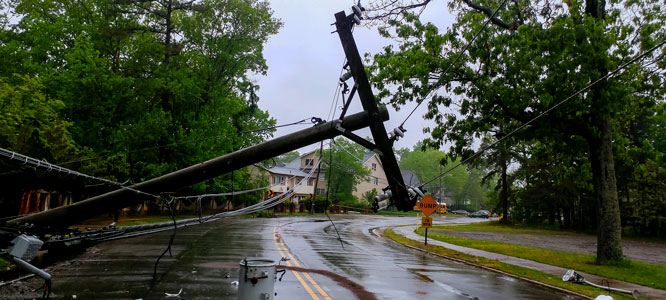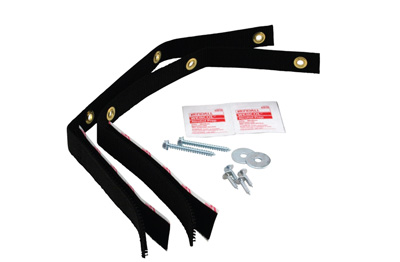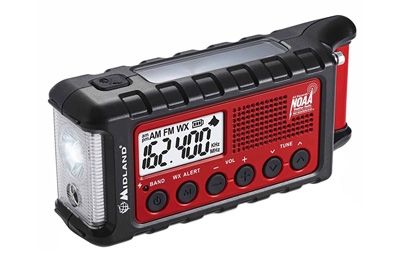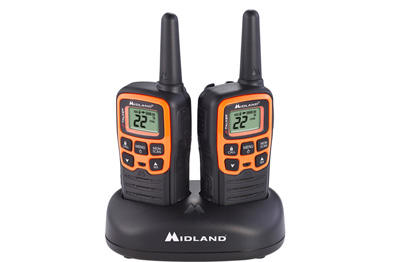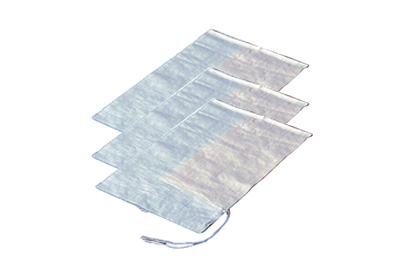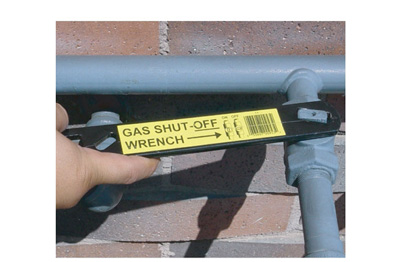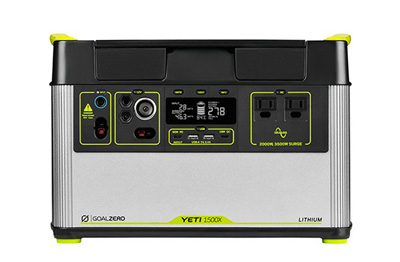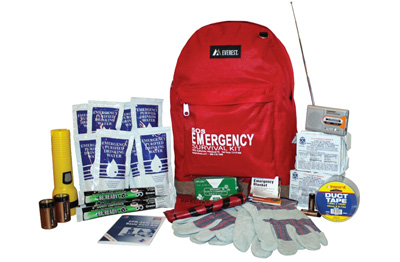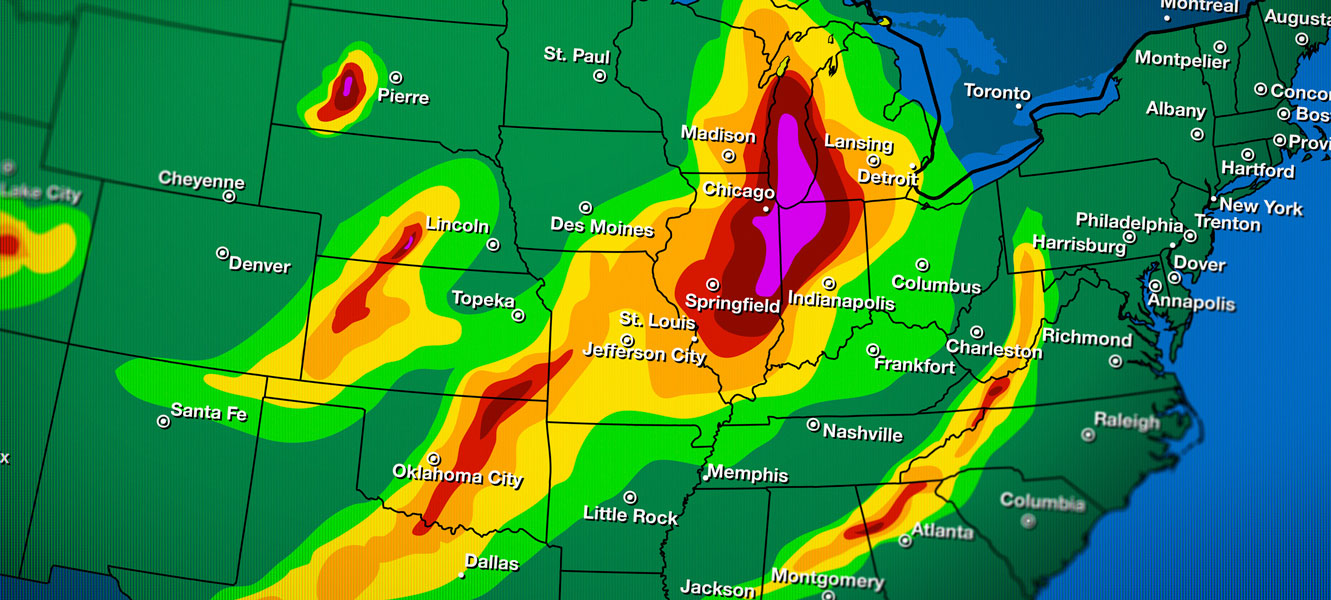
Natural Disasters by Region: How to Prepare for a Likely Natural DisasterTuesday, December 7, 2021 The United States has been subject to a broad spectrum of natural disasters during the course of its recorded history. The size of the country allows so many various natural calamities to occur, and depending on the state or region in which you live, you may be prone to more than one type of natural disaster. It's important to know what potential risks you face and to be prepared accordingly, especially as climate change inflicts increasingly more natural hazard weather events. A disaster management plan will ensure you and your family face the best odds in the event of a flood, hurricane, earthquake, or tornado. To assist you with your preparations for disaster management, we've outlined the most likely occurrences of certain natural disasters by region. Earthquakes
Although earthquake activity has been recorded in various portions of the United States, 10 of the states with the most overall occurrences are Alaska, California, Hawaii, Nevada, Washington, Idaho, Wyoming, Montana, Utah, and Oregon. It’s important to note that because these statistics are based on the number of earthquakes alone, your state's region may be overall more prone to floods, tornadoes, or hurricanes than to earthquakes. Check out USA.com for additional information about the disaster risk of certain natural disasters over others in your area.
If you reside in an earthquake-prone region, we recommend you plan accordingly by first ensuring you are safe inside the home. Bolt bookcases to the wall, seal cabinets properly and reinforce heavy lamps. Once your home is free of potential falling hazards, decide on the best place to hide during an earthquake. Because of the hazard of falling objects, you’ll be safest under a sturdy desk or table and away from windows.
Although you may have heard of the "Triangle of Life" approach to earthquakes, which suggest that you should place your body near and not under an object in order to create a safe space for yourself in the event of a ceiling collapse, the Earthquake Country Alliance strongly advises against this because buildings rarely collapse in a "pancake" fashion in developed countries.
Do Not:
If you are not indoors when an earthquake occurs, you can still prepare yourself properly. When not indoors, follow these guidelines: Do:
Do Not:
If you experience an earthquake that lasts longer than 20 seconds and you’re located near the shore, do not wait for an official tsunami warning; prepare to evacuate to higher ground immediately. FloodsA flood can happen any time during prolonged or severe rains, in places with poor water drainage, during heavy snow melt, and because of sudden rises in sea level due to strong winds or tsunami. Read the guidelines below to prepare yourself in case of a flood. If you live in a state where floods are common, it’s wise to equip yourself with a mobile weather app which will allow you to receive warnings and severe weather alerts. Understanding your risk of a flood before it occurs will allow you to act accordingly, whether that means preparing for evacuation or staying at home. Remember that flooding can occur quickly and without much warning in the event of a flash flood. If you’re walking or hiking in or near canyons or riverbeds, move to higher ground immediately at the first sign of flooding, such as faster or muddier water flow that contains debris like twigs or leaves. If you’re camping in low areas or near a river, plan to head home if sudden rains occur. Flash floods may reach full peak in minutes, but can take hours to develop. The National Oceanic and Atmospheric Administration warns that more deaths occur from flooding than from any other severe weather hazard because people underestimate the force and power of water. Many of these deaths are preventable. Remember these tips when faced with a flood: Do:
Do Not:
Because standard homeowner's insurance generally does not cover flooding, you may want to consider additional insurance to help cover water damage related to hurricanes, tropical storms, and heavy rains, especially if you live in a region where these severe weather events are likely to occur. HurricanesIf you’re located in the southern portion of a state alongside the Gulf of Mexico or the East Coast such as Louisiana or South Carolina, chances are you've encountered a hurricane threat. Hurricanes are classified in five categories by wind speed and can form rapidly over ocean water when warm air rises. As a hurricane begins to approach, low winds can create rip currents even at large distances, creating unseen hazards for swimmers and surfers. During its approach, a hurricane will cause water levels to rise, and large ocean swells may result in water damage miles inland. Hurricanes often produce massive amounts of rain and flooding, and flash floods can occur quickly due to intense rainfall. If inland winds reach 74 mph or more, buildings are in imminent danger of being destroyed, and evacuation should have been completed. During the approach of a hurricane, you may be in danger of several hazards even at a distance, so it’s important to prepare for all possible events accordingly. Take care when swimming and heed all warnings regarding strong currents. Regularly trim or remove damaged trees and limbs to keep you and your property safe, secure loose items on your property, and keep your car in good working condition in the event you have to leave suddenly. If you live in an area where hurricanes may approach land, it's important to know your evacuation route. Make note of marked routes and plan ahead. In the event that you are asked to evacuate, don't delay. If you won’t be evacuating, take note of the following tips in order to help you stay safe during a hurricane: Do:
Do Not:
Because of a hurricane's high potential to inflict damage to power lines, consider investing in a heavy-duty solar generator which will allow you to store backup power for emergency lighting, laptops and mobile devices. The Federal Emergency Management Agency suggests that, for those living in high-risk areas, a safe room will provide near-absolute protection from hurricanes as well as tornadoes. Because traditional insurance will likely not pay for any damage incurred through subsequent rains not directly associated with a hurricane, we recommend you cover any damaged portions of a roof with a tarp as soon as it’s safe to do so. Tornadoes
Many regions across the southern, midwestern, and eastern portions of the United States are capable of experiencing tornadoes. According to the National Weather Service, an average of 800 tornadoes are reported each year, with the region lying between the Rocky and Appalachian Mountains, also known as Tornado Alley, reporting the highest number. However, because tornadoes can occur nearly anywhere, it's important to know the warning signs and what you can do to prepare.
Because tornadoes develop quickly and have unpredictable paths, we recommend establishing a safe place that you can access from your home. Stay alert with mobile updates specific to your area, and be on the look-out for dark or greenish clouds, increasing wind speeds, and hail. Know the difference between a tornado warning and a tornado watch: if you receive a watch alert, the weather service has declared conditions in your area conducive to a tornado. A warning, on the other hand, means that a tornado has been sighted.
Do Not:
If you’re in a vehicle at the time of a tornado: Do:
Do Not:
As in any other disaster situation, it’s not recommended that you try to remove large debris. Instead, remain on the lookout for loose, weakened, or fallen structures, power lines, and sharp objects. Be PreparedA natural disaster can occur anywhere. Being aware of the potential risks and planning ahead can save you property damages, insurance costs, and - most importantly - your life. Whether for a hurricane or a winter storm, when planning ahead, keep these basic questions in mind:
Don't let a natural disaster catch you and your family off guard. Be prepared in every instance. Visit us at SOS Survival Products to learn more about how to get ready |


 According to the Red Cross, the Earthquake Country Alliance and FEMA:
According to the Red Cross, the Earthquake Country Alliance and FEMA:
 If you receive a tornado warning, take cover in a basement or storm cellar immediately. If no underground shelter or safe room is available to you, a small, windowless interior room such as a closet or hallway on the lowest level of a building is the safest alternative.
Do not stay in a mobile home. If you are located in a mobile home, quickly get into a vehicle, buckle your seat belt, and try to drive to the closest sturdy shelter. During a tornado, follow these steps in order to stay as safe as possible:
If you receive a tornado warning, take cover in a basement or storm cellar immediately. If no underground shelter or safe room is available to you, a small, windowless interior room such as a closet or hallway on the lowest level of a building is the safest alternative.
Do not stay in a mobile home. If you are located in a mobile home, quickly get into a vehicle, buckle your seat belt, and try to drive to the closest sturdy shelter. During a tornado, follow these steps in order to stay as safe as possible:

